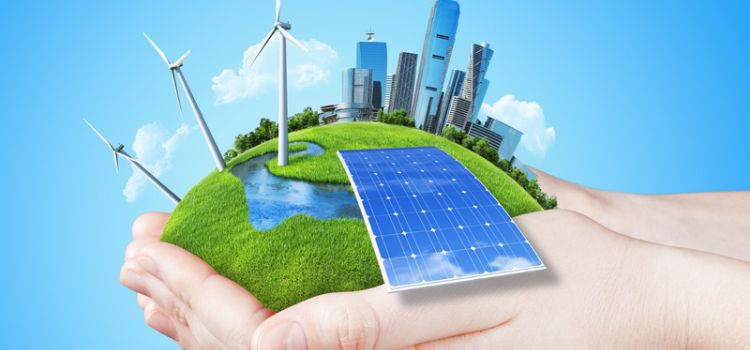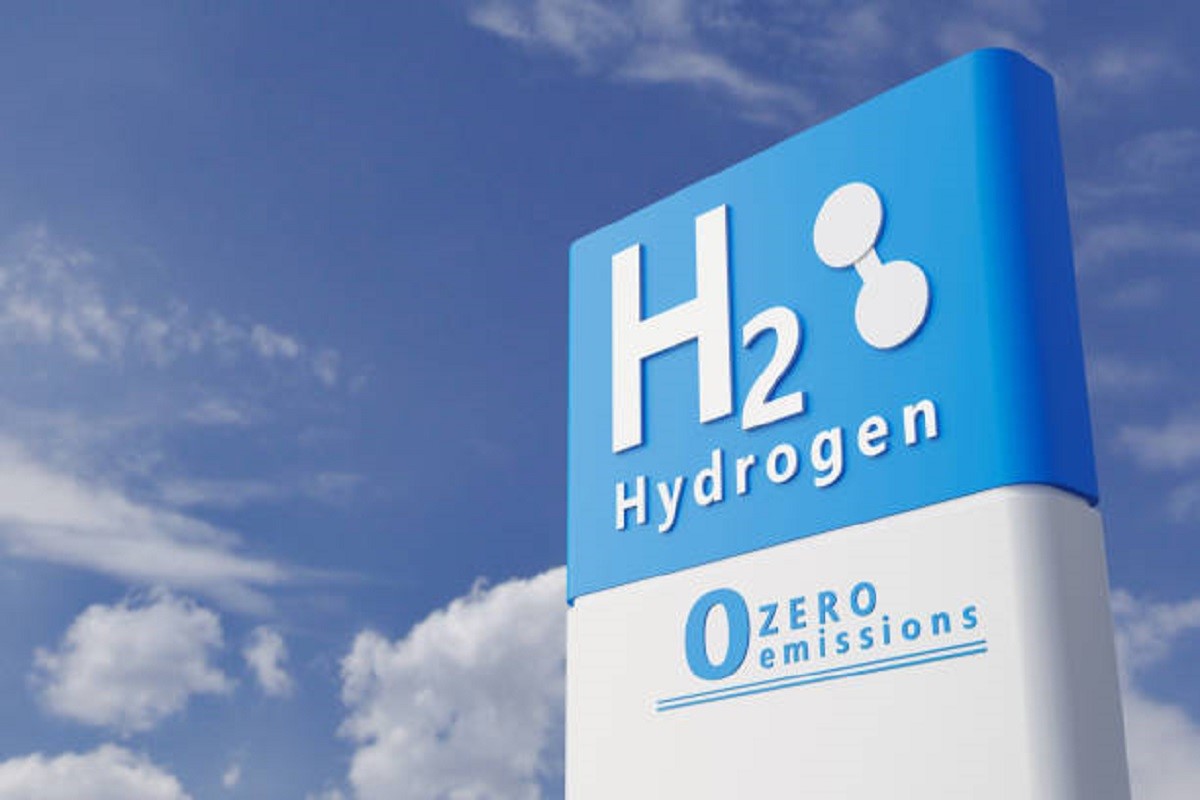Green Hydrogen: A Promising Future of Renewable Energy
17-Sep-2024

Introduction
Decarbonization of the planet is one of the targets that nations worldwide have set for 2050. While hydrogen production now accounts for more than 2% of the global CO2 emissions, decarbonizing it and producing green hydrogen is one of the keys to achieving the targets set for 2050.
Hydrogen is the most ubiquitous chemical element in nature. For over two decades, this gas has been used to fuel various vehicles for transportation, including automobiles, airships, and spacecraft. Hydrogen will gain increased significance with the decarbonization of the world economy, a process that must be completed on time.
Like coal and oil, green hydrogen is a clean energy source that only releases water vapor and leaves no residues in the air. Countries, including the U.S., France, China, Russia, and Germany, already use hydrogen as a fuel. Moreover, countries such as Japan are also going a step further and aiming to adopt hydrogen economies soon.
4 Ways How Cutting-Edge Technologies Power Green Hydrogen
The transition to green hydrogen can be accelerated by leveraging digital technology, particularly the combination of artificial intelligence (AI) and internet of things (IoT). Increased investment, government support, engineering development, and skilled workforce are also crucial factors. IoT can enhance data management and analytics, leading to the optimization and automation of systems.
Here are four ways that digital technology accelerates the shift to green hydrogen:
1. Advanced analytics
Data can be transformed through analytics into business intelligence. To maximize the yield of green hydrogen, plant-level or fleet-level analytics can be employed, which involves analyzing data from various sources such as plants, tanks, pipes, energy off-takers, and weather. By leveraging this data, recommendations for corrective actions can be generated. Energy losses can be prevented by predicting failures and maximizing electrolyzer uptime, resulting in more revenues and lower operating expense (OPEX). Investors and bankers can "close the design loop" and make strategic and tactical decisions to maximize their returns by utilizing analytics models aligned with their digital twins.
2. Digital twins
Investors want to know which system design will maximize their return before committing capital. Several factors need to be considered, including photovoltaic, electrolyzer capacity, and buffers such as energy and hydrogen storage. Digital twins can simulate various designs and scenarios, optimizing each to optimize return on investment and reduce risk. These factors can include weather, off-takers demand volatility, and local infrastructure (both present and future). According to estimates, digital twin analysis can reduce risk by 30–50% and optimize capital expenditure (CAPEX) by 10-15% with little impact on operating expense (OPEX).
3. Monitoring and control
Among the key performance indicators (KPI) for producing hydrogen that enable efficient production are energy consumption, plant performance, production rates, purity, and storage. AIoT can provide quick anomaly detection using intelligent alarms, assets with sensors to track KPIs, asset health, and cloud-based remote monitoring outside control rooms. By offering remote asset control and real-time monitoring of plant operations and asset health, it can cut expenses by 10–20% by reducing energy consumption and maintaining a streamlined workforce. Investors can evaluate their position with respect to the business plan and take action to minimize potential losses by utilizing monitoring models aligned with digital design twins.
4. Certificates of origin
Guarantee of origin (GoO), which certifies that all consumed electricity is generated from renewables, is a prerequisite for commercializing green hydrogen. Artificial intelligence of things (AIoT)-monitored installations can take advantage of near real-time data to automate input to GoO issuers, as certifications increasingly shift toward real-time monitoring and automation. This eliminates manual processing, provides more confidence and reliability, and boosts future-proofing. AIoT can also guarantee end-to-end traceability throughout the green hydrogen's lifecycle from conception to final disposition.
Green Hydrogen Projects in Action

In recent times, it is hardly surprising that more and more large-scale green hydrogen projects are shooting up like mushrooms. For instance, in December 2020, Hydro- Québec, an energy company, plans to build one of the world’s first and biggest production facilities for green hydrogen in Varennes, Quebec.
The Green Hydrogen product division of ThyssenKrupp Uhde Chlorine Engineers has already been granted the engineering contract for installing the 88-Megawatt water electrolysis plant. The facility will supply the green hydrogen to a biofuel plant so that it can make biofuels from leftover waste for the transportation sector. It is expected that the project will produce over 11,000 metric tonnes of green hydrogen annually. The grand project is scheduled for completion in 2023.
In addition, in July 2020, Air Products, the U.S.-based firm, partnered with Acwa Power of Saudi Arabia to build a world-scale green hydrogen and a green ammonia plant. The plant will need an investment of USD 5 billion, and is anticipated to be built in the future city of Neom in the Gulf country. It will electrolyze 650 tonnes of hydrogen per day, producing 1.2 million tonnes of green ammonia annually by utilizing Haldor Topsoe's technology. The project is scheduled to start in 2025, and green ammonia will be exported to other markets across the globe. This project will reduce almost three million tonnes of CO2 emissions annually.
Moreover, last but not least, Uniper, an energy provider, and the Port of Rotterdam Authority commenced a feasibility study for establishing a green hydrogen plant in Maasvlakte/Rotterdam, the Netherlands, in February 2021. The partners hope to create a 100 MW facility after the study, which will be increased to 500 MW.
The transition to green hydrogen is vital for reducing carbon emissions and mitigating the effects of climate change. Digital technology, specifically the combination of AI and IoT, can accelerate this shift by optimizing and automating systems, reducing risk, and providing real-time monitoring and control. The benefits of leveraging digital technology include maximizing yields, reducing expenses, and enhancing the reliability and traceability of green hydrogen production.
Moreover, increased investment, government support, engineering development, and a skilled workforce are critical factors in accelerating this transition. By combining these efforts, we can create a sustainable future powered by green hydrogen.
About the Author
 Sunanda Ghosh is a researcher with more than three years of experience. She has a passion for understanding consumer behavior and market trends and uses her skills in innovative ways to gather and analyze data. Throughout her career, she has worked with a diverse range of global clients across various industries including technology, semiconductor, and energy. She is dedicated to providing valuable insights that can help shape a company's direction and drive success. The author can be reached at info@nextmsc.com
Sunanda Ghosh is a researcher with more than three years of experience. She has a passion for understanding consumer behavior and market trends and uses her skills in innovative ways to gather and analyze data. Throughout her career, she has worked with a diverse range of global clients across various industries including technology, semiconductor, and energy. She is dedicated to providing valuable insights that can help shape a company's direction and drive success. The author can be reached at info@nextmsc.com








